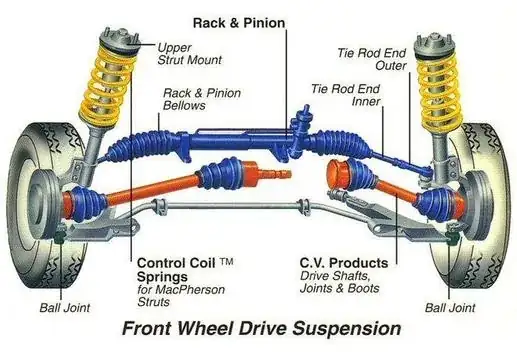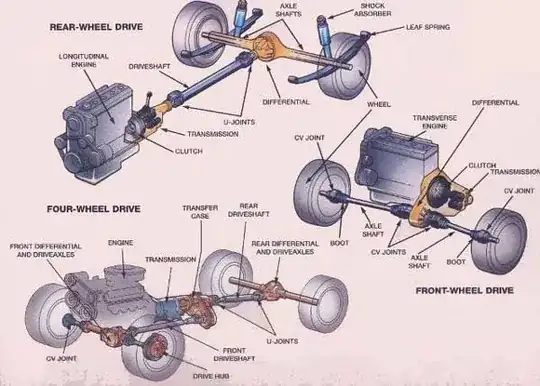What is a CV Axle?
CV stands for Constant Velocity. It's a type of axle which is used on front wheeled drive vehicles which allows power to still be transmitted to the front tires even while wheel is turned. It is called "constant velocity" due to the way it's designed. No matter which way the outer section is turned, it will remain at the same speed as the inner section. This allows for smooth power to be transmitted. U-joints don't work the same, as speed actually varies as the yokes are turned over the u-joint. Here's an image of a typical CV axle:
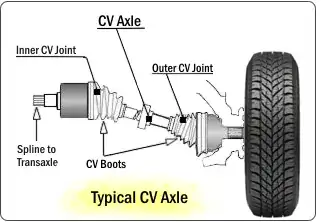
What is a drive axle?
A drive axle is the part which goes from a differential out to the tire. This is usually encased within an axle housing. CV axles can actually be considered drive axles, because they transmit the power from the transaxle out to the tire. Drive axles can be found on front or rear wheel drive vehicles. Here's an image of a typical drive axle and axle housing:
Drive axle (solid axle):
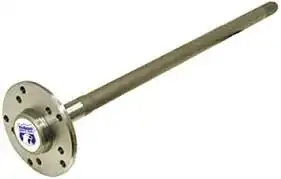
Axle housing (with drive axles installed):
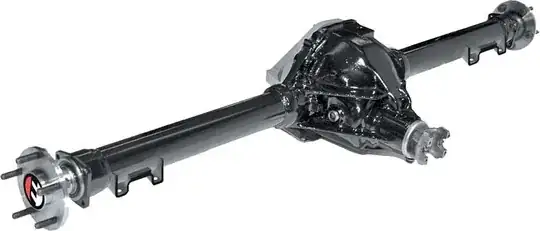
What is a drive shaft?
A drive shaft transmits power from the transmission (or transfer case on a 4wd or AWD vehicle) to the differential. The differential sits within the axle housing (the large part in the center from the image above). The drive shaft allows for power to be transmitted in different directions as the axle housing moves up and down while the vehicle is moving. You'll only find drive shafts on rear wheel drive vehicle (or 4/AWD), but not on front wheel drive vehicles. The reason is, everything is self contained within the transaxle, with no need to transmit power to another location. Here is an image of a typical drive shaft:
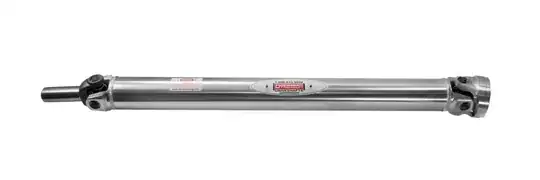
You'll note the slip yoke which is attached to one end (left side of the image). This (as the name implies) slips in and out of the transmission so as to allow for the difference in distance from the transmission to the differential during normal vehicle travel. As the axle goes up/down, the distance will vary between the two. The slip yoke allows this to happen without interruption.
As for the term "prop shaft", it is synonymous with drive shaft.




